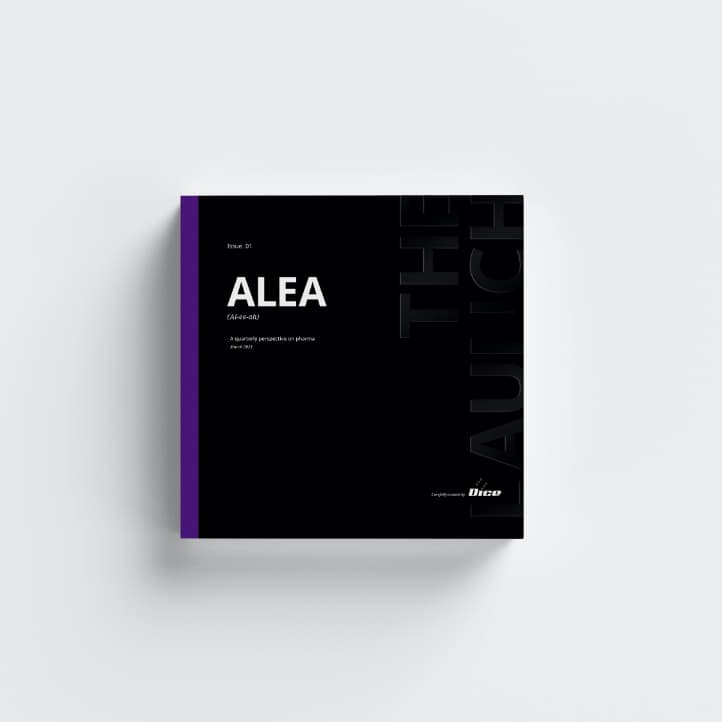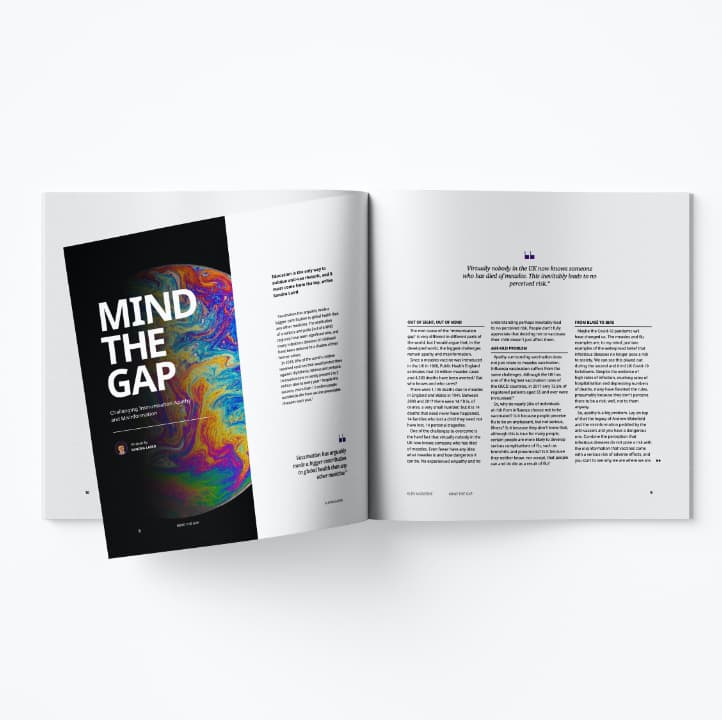
Five Trends Impacting Pharma Communications

The Covid-19 pandemic has cast a spotlight on pharmaceutical brands, with the industry’s big players at the forefront of vaccine development and rollout efforts worldwide. It has also reshaped the way pharma reps interact with HCPs, with new methods of engagement likely to persist as the pandemic gradually eases over the coming months and years.
But what of the impact on pharma marketing and communications? To what extent has Covid-19 affected the methods and channels employed by pharma brands to reach customers at the right time, in the right place with the right message?
Here, we take a look at the five biggest trends impacting pharma communications and how brands can maximise them to deliver successful marketing campaigns.
1. The rise of telehealth
While remote appointments have increased dramatically in recent times, the trend had already started before the pandemic. In a survey from 2017, 61% of hospitals reported having remote patient monitoring capabilities, up from 43% in 2015. Of the hospitals surveyed, 76% were fully or partially using telehealth services. In 2018, the NHS’s Long-Term Plan set out their target of making digital technology use for healthcare appointments mainstream. As the pandemic hit, and GPs were instructed to take a digital-first approach, a BMA survey of over 2000 revealed 88% of them felt remote consultations should be retained long-term.
So, what does this mean for pharma marketers? On one hand, it’s an opportunity to take advantage of this growing trend towards remote technology, namely by finding less-intrusive ways to educate HCPs on conditions and treatments and help them in their consultations with patients. On the other, in this age of misinformation, it creates an opportunity to further reinforce your position as a trusted authority, sharing messages that are not only backed by research but also delivered in an easily-accessible way online. With HCPs becoming more familiar with remote interactions, pharma reps shouldn’t expect a blanket return to face-to-face meetings anytime soon. Whether it’s getting to grips with Veeva CRM Engage or an alternative video conferencing platform, knowing how to successfully engage with customers from afar will be imperative for years to come.
2. The power of video
Beyond actual conversations with HCPs, video should be central to a pharma brand’s digital marketing strategy. It’s no secret that video content boosts engagement, conversion rates and organic visibility, so brands should be looking to incorporate it wherever they can as part of their omnichannel approach.
When it comes to the type of video that will resonate with HCPs, simple explainer videos can grab their attention and provide the information they need in a fraction of the time it will take to read a detailed medical report. Beyond this, patient testimonials are a powerful means of creating an emotional connection with HCPs, providing real-life insights on the impact of certain conditions and how your drug can effectively treat it.
Videos are also a far more effective way of telling your own story, whether by introducing HCPs to the team behind your treatments or taking them ‘behind the scenes’ so they can see the work and passion that goes into drug development.
3. Stepping into the real world
There’s always been a need for real-world evidence in the pharma industry, and that need has arguably never been greater than it is today. Indeed, it has been critical for monitoring the spread of Covid-19 and giving pharma companies the data they need to develop vaccines at such an unprecedented rate.
This data is also invaluable for marketers to ensure they’re pushing out messages that take account of biological pathways and unmet needs, as well as helping them target their information based on patient location, thereby minimising any wasted spend.
4. Automation where appropriate
Pharmaceutical and healthcare brands were investing heavily in artificial intelligence prior to the pandemic, or at least exploring the opportunities presented by the technology.
With its ability to deliver earlier diagnoses, speedier drug development and automated patient screening, it’s little wonder Boston Consulting Group envisages $8 billion being spent on AI-related tools, in the US alone, by 2022.
Looking beyond the healthcare applications, AI represents opportunities for pharma marketing and communications teams. Consider the time spent on activities such as lead tracking, segmentation and revenue attribution, to name but a few. While there are tools that can assist with elements of these, they still involve a considerable amount of manual work, which can be monotonous, time-consuming and prone to error.
AI and marketing automation can remove some of the heavy lifting by analysing customer behaviour and engagement across multiple platforms, and giving brands the real-time data they need to reach patients in need. Automated chats and emails can also ensure customers are receiving the appropriate message at the right time, minimising manual involvement in the process.
Of course, a personal touch is still a crucial part of pharma communications, and online chat facilities are still subject to the same regulations as conventional marketing. It’s important to strike a balance where efficiencies from automation don’t come at the expense of human engagements that both build trust and comply with guidelines.
5. From multichannel to omnichannel
A shift in working patterns and customer behaviour has made omnichannel marketing a must for pharma brands looking to cut through the crowd.
Now HCPs are engaging with brands through several channels, both online and offline, consistency of message is essential. Gone are the days when you could run separate campaigns on social, email, paid and offline. HCPs need clarity on your story, your messaging and your expertise – and what sets you apart from competitors – and this can only come with a joined-up approach that hits them with the same message at every single touchpoint.
This narrative should instil confidence in HCPs, provided it’s underpinned by the needs of patients and a clear indication of better health outcomes.
Please get in touch with the Dice team if you need help creating a strategy that gets your treatment in front of the people who need it most.





